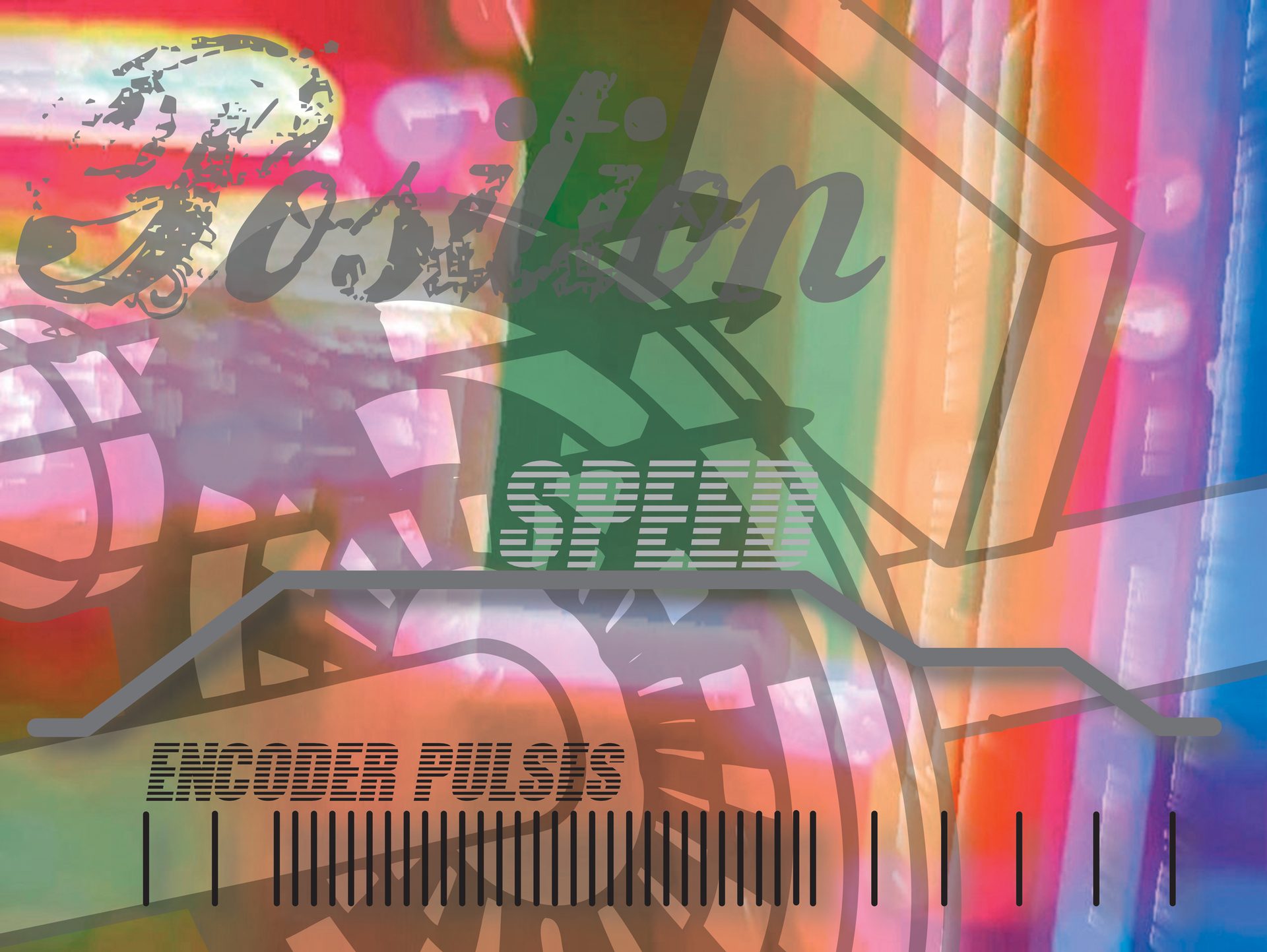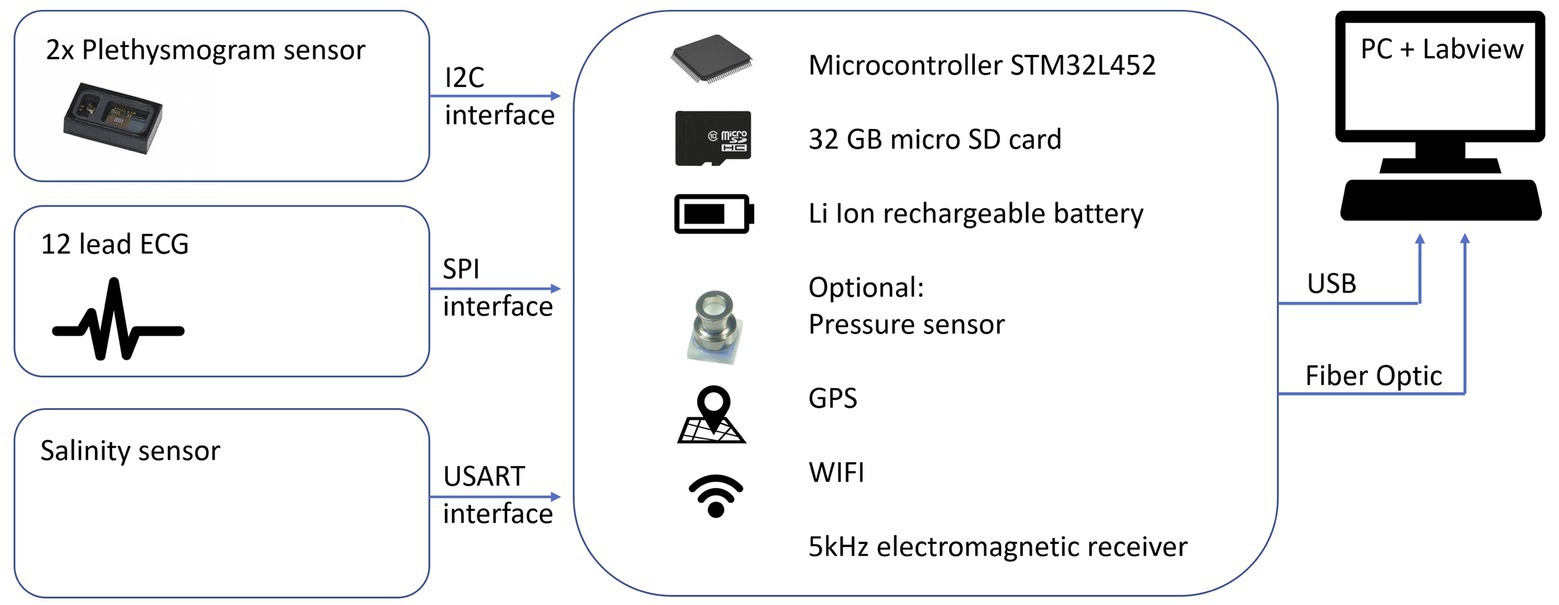

UTC is derived from TAI but has added leap seconds from UT1, to account for variations in the rotation of the Earth with respect to the solar time. For civil time, another time scale is disseminated, Coordinated Universal Time (UTC). These clocks collectively define a continuous and stable time scale, the International Atomic Time (TAI). National standards agencies in many countries maintain a network of atomic clocks which are intercompared and kept synchronized to an accuracy of 10 −9 seconds per day (approximately 1 part in 10 14). Higher frequencies and narrow lines increase the precision. the frequency and intrinsic linewidth of the electronic or hyperfine transition.the temperature of the sample atoms-colder atoms move much more slowly, allowing longer probe times.The accuracy of an atomic clock depends on two factors: An example of this is the NIST-F1 atomic clock, one of the national primary time and frequency standards of the United States. Since 2004, more accurate atomic clocks first cool the atoms to near absolute zero temperature by slowing them with lasers and probing them in atomic fountains in a microwave-filled cavity. Early atomic clocks were based on masers at room temperature.

The principle of operation of an atomic clock is based on atomic physics: it measures the electromagnetic signal that electrons in atoms emit when they change energy levels. Atomic clocks are the most accurate time and frequency standards known, and are used as primary standards for international time distribution services, to control the wave frequency of television broadcasts, and in global navigation satellite systems such as GPS. Specifically, either a hyperfine transition in the microwave region, or an electron transition in the optical or ultraviolet region, of the emission spectrum of an atom is used as a frequency standard for the timekeeping element. The black units in the foreground are Microsemi (formerly Sigma-Tau) MHM-2010 hydrogen maser standards.Īn atomic clock is a clock whose timekeeping mechanism is based on the interaction of electromagnetic radiation with the excited states of certain atoms. The rack mounted units in the background are Microsemi (formerly HP) 5071A caesium beam clocks. Naval Observatory in Washington, D.C., which provides the time standard for the U.S.
#Motion pulse vibrates ticking optical pictures driver
Grauer, (2013) Laser safety approach in driver assistance system, International Laser Safety Conference (ILSC ®) 2013, Orlando, U.S.A.The master atomic clock ensemble at the U.S. IEC 60825-1 2007 (2 nd edition), Safety of laser products –Part 1: Equipment classification and requirements. David (2012) Recent results of night time driving and automatic obstacle detection by AGIS technology, Vision 2012, Versailles, France. Taillade, Bistatic range-gated active imaging in vehicles with LEDs or headlights illumination, Proc.

Weizer, Range gated active night vision system for automobiles, Appl. Hoetzer (2010) Pedestrian Detection in Near-Infrared Night Vision System, 2010 IEEE Intelligent Vehicles Symposium. Corresponding author: Yoav Grauer, BrightWay Vision™ LTD, Adv.


 0 kommentar(er)
0 kommentar(er)
